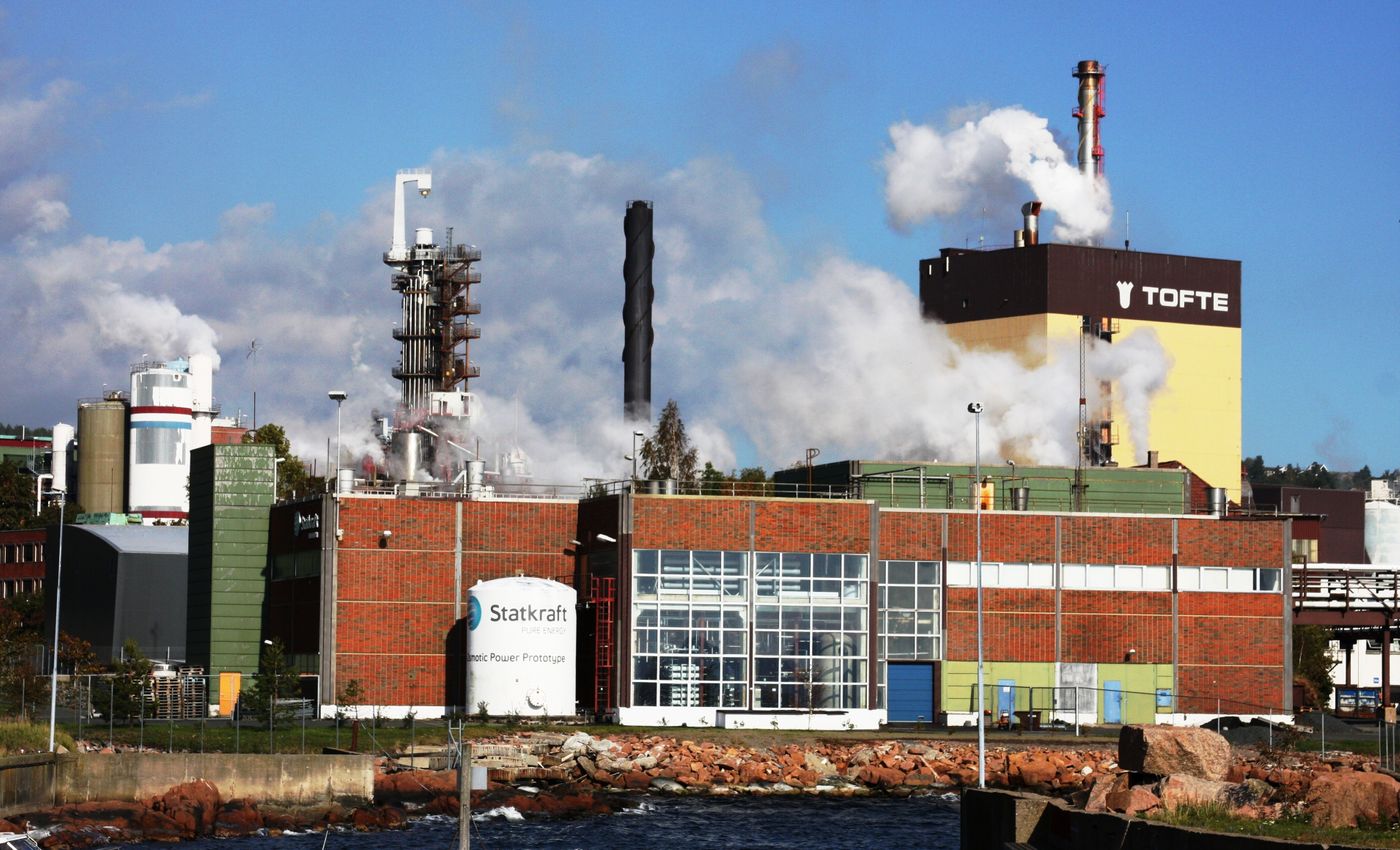New Battery Tech "Squeezes" More Electricity out of Seawater
Ocean makes up 71% of the Earth's surface, and they also harbor one of the world's greatest yet almost untouched energy source: osmotic power. The salinity gradient where seawater and freshwater meet creates an osmotic pressure, which can be harnessed and turned into electricity.
In a recent report, a group of environmental engineers at Stanford University announced that they have developed a new battery technology that converts salinity gradient differentials into electricity. Unlike some of the current designs, their battery uses economical electrode materials that can work repeatedly without energy-costing charge steps.
Also known as "blue energy", osmotic power was first turned into reality by Israeli engineer Sidney Loeb in the 1970s. Inspired by his observation of the Jordan River pouring into the extremely salty Dead Sea, Loeb invented a method to harvest osmotic power at freshwater outlets, based on the reversed-electrodialysis (RED) principle. Later on another salinity gradient-based mechanism-pressure retarded osmosis (PRO) was also developed and put into power-generating applications in laboratories.
Starting its electricity production in November 2009, Statkraft osmotic power station located at Tofte in Hurum, Norway is the first of its kind. Using the PRO mechanism, the Statkraft plant produced an output of 2-4 kilowatts (KW). With an improvement of its membranes, the plant can hypothetically put out 10 kW at maximum.
The mixing entropy battery (MEB) developed by the Stanford group tackles a problem that's currently faced by all osmotic power generators.
In theory, a minimum of 0.65 KW of electricity is lost (as a result of entropy increasing) when every cubic meter of freshwater that mixes with seawater. This loss of supposedly recoverable energy would have a significant impact on the scale-up of the current technologies.
The Stanford scientists came up with a so-called mixing entropy battery (MEB). It uses Prussian Blue and polypyrrole, two inexpensive compounds as electrodes. MEB generates electricity through a four-step process: freshwater exchange, charging in freshwater, seawater exchange and discharging in seawater.
As an improvement from the previous design, the charging of the electrodes now requires zero energy input, and the electrode materials demonstrated superb stability after hundreds of repeated cycles. Using the MEB, the researchers were able to recover about 68% (0.44 kW) of otherwise lost energy, as demonstrated in their experiments.
In a press release, Kristian Dubrawski, coauthor of the paper and a postdoctor at Stanford's Civil and Environmental Engineering commented on their design: “It is a scientifically elegant solution to a complex problem. It needs to be tested at scale, and it doesn’t address the challenge of tapping blue energy at the global scale—rivers running into the ocean—but it is a good starting point that could spur these advances.”
According to the authors, they hope to scale up their prototype and still achieve similar recovery efficiency. The full-size MEB is expected to be able to power up a conventional wastewater treatment plant, often located at the mixing points of seawater and freshwater.
This study was published in the journal ACS Omega.
Interested in learning more about osmotic power-generating technologies? Check out this video below:
Blue Energy- Salinity gradient power (ACCIONA)
Source: ZME Science










